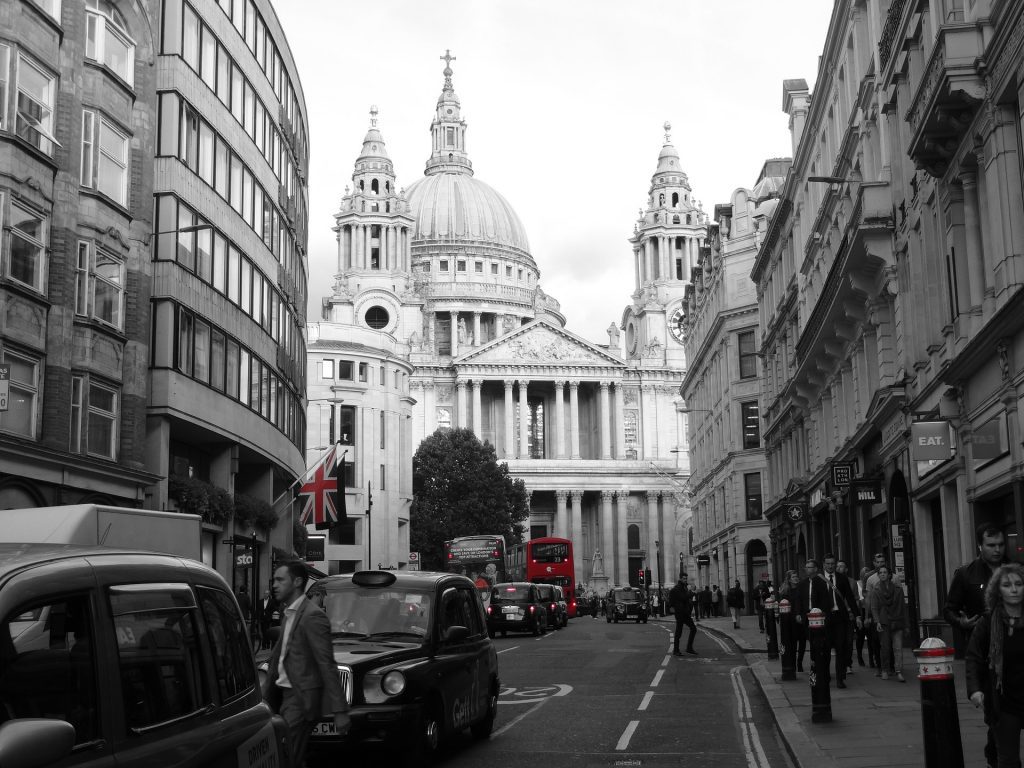How the pandemic changed the taxi industry

The pandemic put the brakes on the taxi industry and many others as lockdown and social-distancing measures continued for almost two years.
We recently shared that more people are now getting back behind the wheel of a taxi or are starting out their career as taxi drivers.
And, as numbers continue to climb, interesting trends and changes have occurred which could shape the future for public hire and private hire drivers.
In research into the public hire taxi and private hire taxi industry to the year ending March 31, 2022, the Department for Transport found that while the number of licensed vehicles increased, the number of licensed taxi drivers had actually fallen.
It found that between 2005 and 2020, the total number of licensed vehicles increased from 184,500 in 2005 to 298,600 in 2020. This fell by 15.9% during the pandemic to 251,100 in 2021, before increasing slightly to 260,700 this year. Of these, almost a quarter are public hire taxis, while the rest are private hire taxis.
The DfT revealed there were 330,300 taxi-driver licences in 2022, which was a decrease of 3.4% on the previous year. Of these, 65% were private-hire-only licences, 12% were public-hire-only licences, and 22% were dual licences which allow the holder to drive both public and private hire taxis. More recent figures show there are now more than 383,000 licensed taxi drivers.
The DfT research also found trends in the make up of the taxi fleet. In the 12 months to March 31, 1,900 applications were made by new private hire operators.
It also found that the majority of drivers in the current fleet are male (97%) and the average age of a driver is 48. Those under 40 make up 17% of drivers while those aged 60 or over account for 16% of drivers.
Another trend idenfitied by the DfT is that licensed taxis in London increased by 9%, while licensed taxis outside the capital fell by 3.4%. And there was a larger increase in private hire taxis in England outside London.
Unsurprisingly, the number of licensed vehicles per 1,000 people decreases as areas become more rural. London has 10.6 vehicles per 1,000 people, compared to 1.9 in more rural areas.
Wolverhampton had the highest number of licensed vehicles per 1,000 population, with 49.5, while several rural areas had fewer than one licensed taxi per 1,000 people.
Looking at passenger habits, the DfT found that more than half (51%) of trips in public or private hire taxis in 2020 were for leisure, the same as in 2019. Other common reasons for trips were commuting (17%), personal business (13%), shopping (9%) and education (7%).
It is also interesting to look at how frequently people use taxis. The study found that most people (66%) only use a taxi up to twice a year. Meanwhile, about 21% taxi at least once a month and 6% of people rely on them on a weekly basis, often building up relationships with particular firms.
The study also looked at the common types of vehicles being used by the taxi fleet.
The most common public hire taxi models were the London Taxis International TX4, accounting for 17% of all taxis, and the London Electric Vehicle Company TX, accounting for 10%.
This was followed by the Mercedes Vito (9%) and the Skoda Octavia (5%).
In the private hire taxi sector, the Toyota Prius (21%) continued to be the most popular, followed by the Toyota Auris (7%), then the Mercedes E class (6%) and the Skoda Octavia (6%).
And, as we continue to make the transition to greener motoring, the most common fuel types for the public-hire fleet is diesel (79%), range extended electric (10%), hybrid electric (6%) and just 0.7% of the fleet were battery electric vehicles.
For private hire taxis, the most common is diesel (51%), hybrid electric (35%) and petrol (5%), with 5% of the fleet also being battery electric.
It is good to see taxi driver numbers increasing and patterns for both drivers and passengers emerging.






